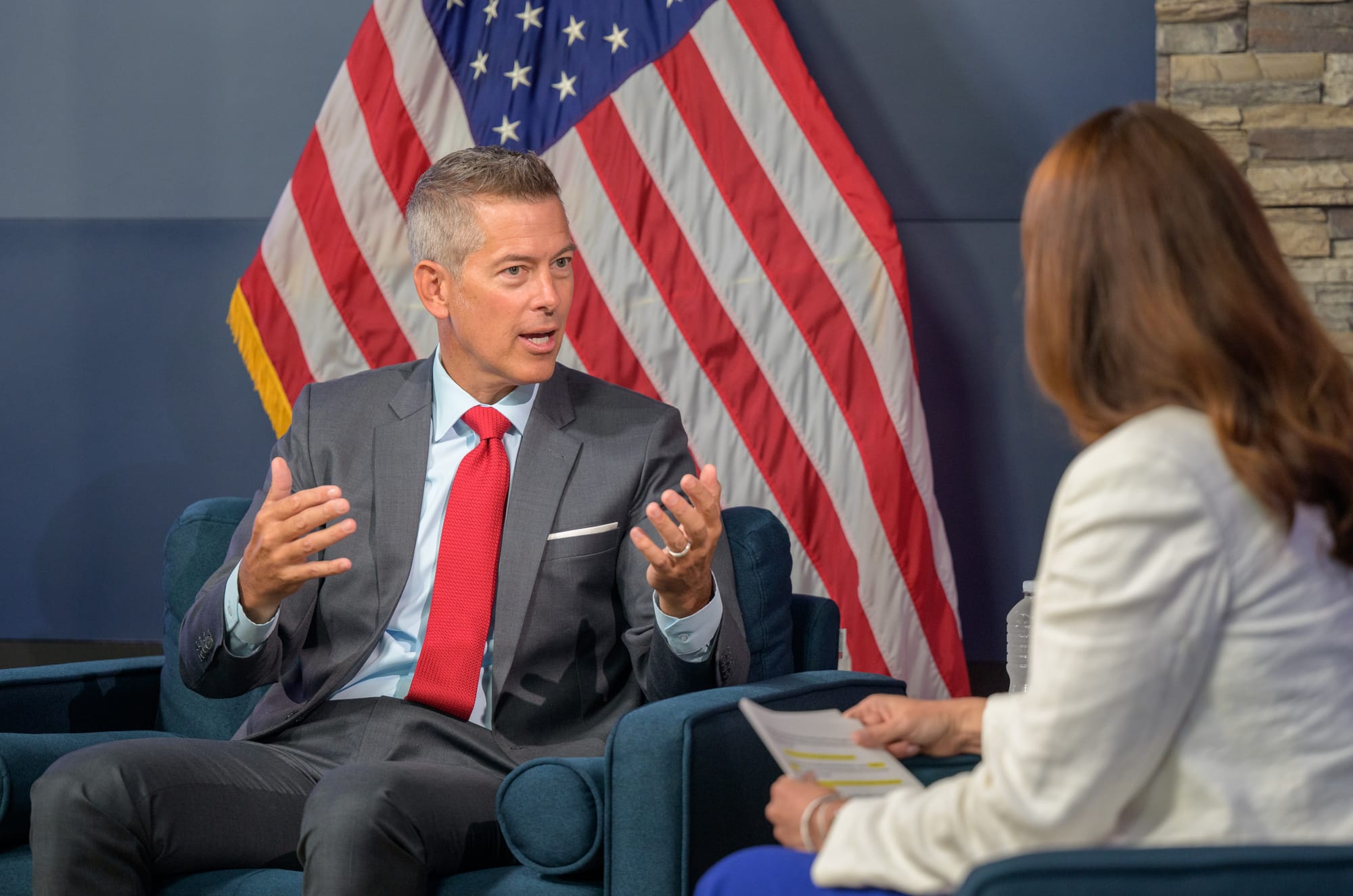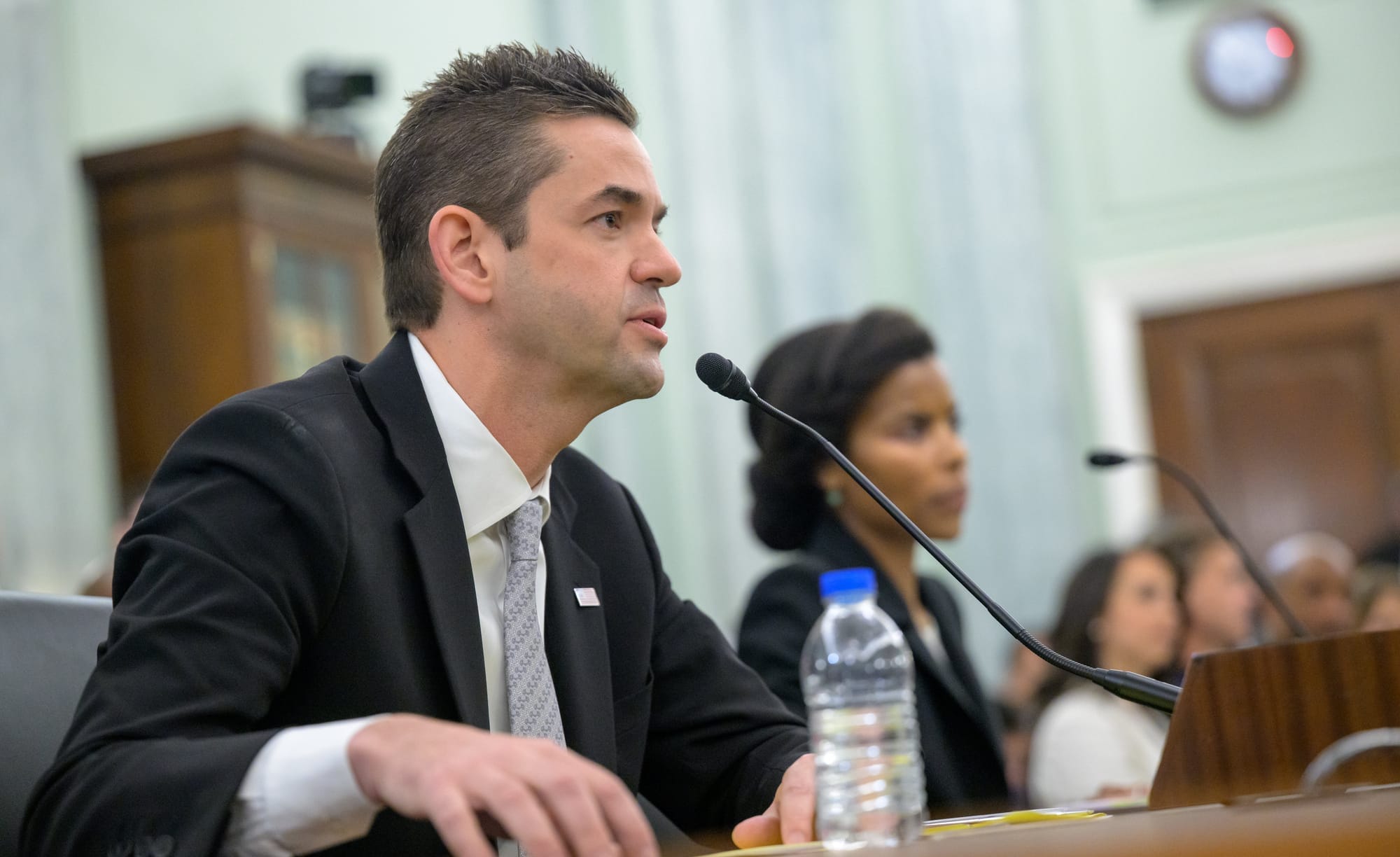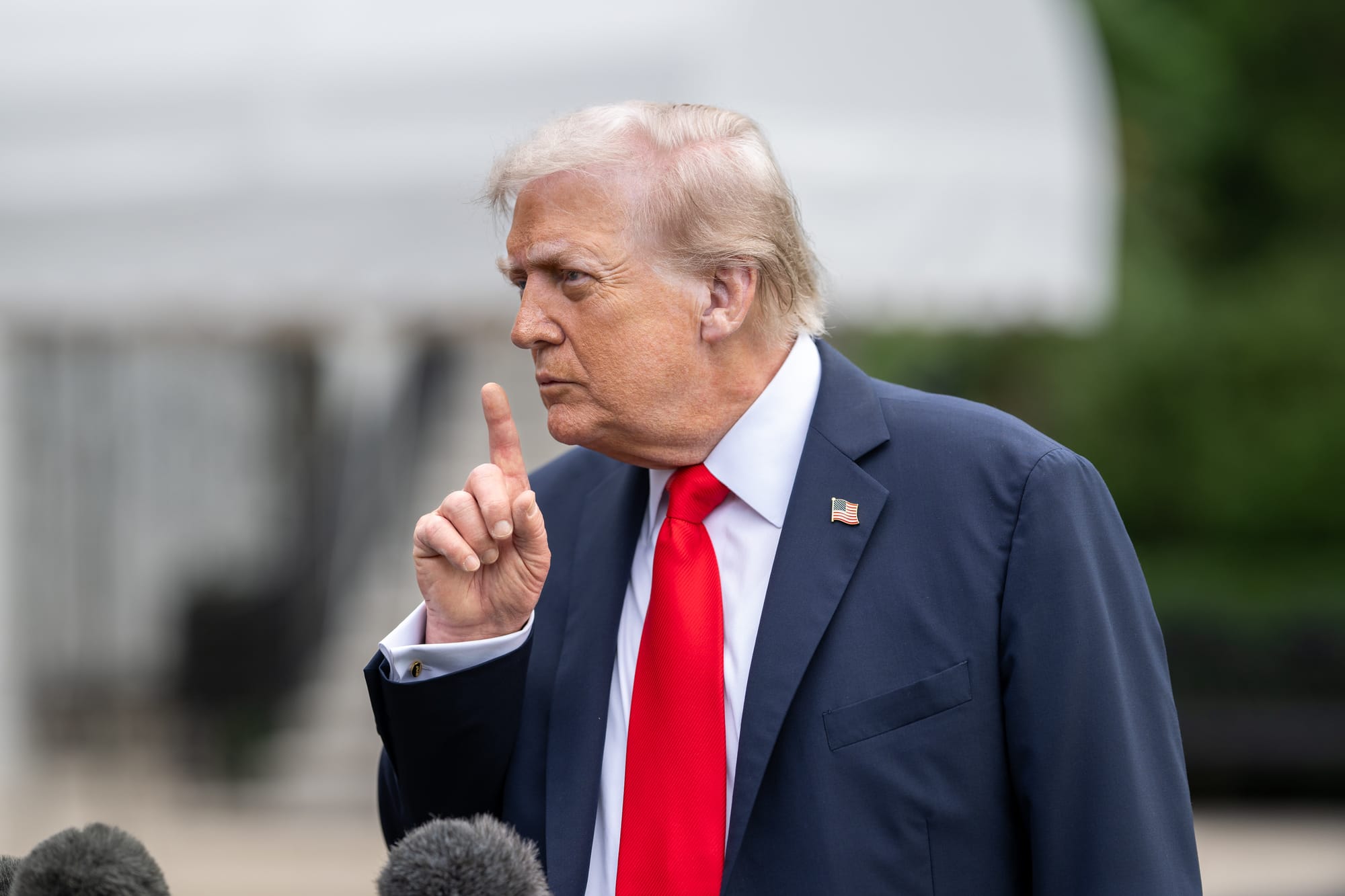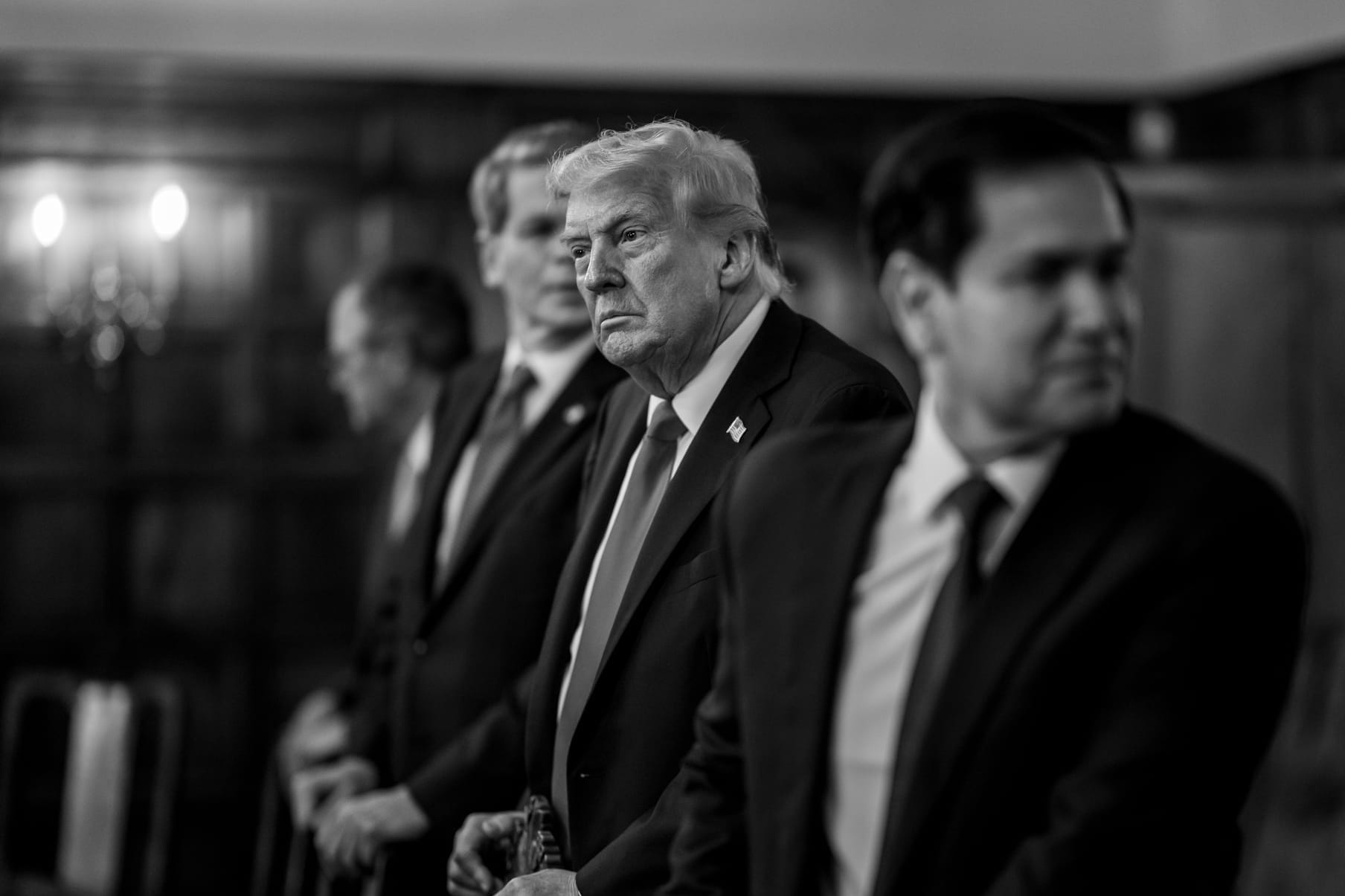Table of Contents
Sean Duffy wants NASA to place nuclear reactors on the Moon to claim regions of it, in clear violation of the Outer Space Treaty.
Some time in the coming week, Acting NASA Administrator Sean Duffy, also U.S. Transportation Secretary, is expected to announce plans for American to build a nuclear reactor on the Moon, expediting a pre-existing program. According to Politico, the announcement will detail a timeline for a launch before 2030 to ensure the U.S. wins its perceived second space race, with a plan outlined sixty days later. Following the announcement, private industry will be open to bid on developing a 100-kilowatt lunar nuclear reactor, with a contract six months after.
Leaked NASA documents state that the lunar nuclear reactor plans will be managed by a designated 'Fission Surface Power Program Executive' who will control procurement, technology integration, interagency coordination, and performance oversight. The documents also disclose that this is in response to Sino-Russian proposals for the International Lunar Research Station, currently with thirteen nation-level members, in the late 2030s.
Despite the announcement being yet to come, Duffy shared a few details on August 5th while speaking at a press conference deregulating autonomous drone flights. Whole there, the Acting Administrator let slip that he wants to claim parts of the Moon, sharing:
"We're in a race to the Moon, in a race against China." – "There’s a certain part of the Moon that everyone knows is the best [(the lunar south pole)]. We have ice there - we have sunlight there. We want to get there first and claim that for America."
According to @SecDuffyNASA "There’s a certain part of the Moon that everyone knows is the best. We have ice there - we have sunlight there. We want to get there first and claim that for America." -- So we're going to "claim" portions of another world in violation of treaties… pic.twitter.com/aoYzSUqwSc
— NASA Watch (@NASAWatch) August 5, 2025
Duffy outlining why he thinks America needs to put nuclear reactors on the Moon, via NASA Watch on Twitter.
Further emphasizing his point earlier, ahead of Crew-11's first launch attempt on July 31st, Duffy stated:
"We're not planting our flags and leaving. We're going to stay and learn and then go to Mars. There's critical real estate on the Moon. We want to claim that real estate for ourselves and our partners, which is going to be critical to being successful in that mission."
No one from NASA has clarified what Duffy meant during his statements, per NASA Watch, meaning that it is currently part of American plans.
Rules of the Moon
Duffy's plan for setting up a nuclear reactor on the Moon to claim the south pole would violate numerous articles of the 1967 Outer Space Treaty. Most obviously, it would violate Article II, which expressly prohibits national takeover of celestial bodies via claims of sovereignty, occupation, or any other means. The treaty states that the Moon and other celestial bodies are the realm of all humanity, which means that no nation can claim ownership over any part of them, regardless of what is built there.
The act of claiming territory through reactor placement would also contradict Article IV, which states that celestial bodies must be used for peaceful purposes. While nuclear reactors for power generation are legal in other circumstances, deploying them to create territorial claims moves the objective from peaceful exploration to occupation, which the treaty prohibits.
Furthermore, any territorial claims would violate Article I's notion that space exploration should be conducted for the benefit and interests of all countries. By claiming exclusive control of the South Pole region, which contains important water ice deposits, the U.S. would prevent other countries from accessing those resources and conducting their own scientific research, directly contradicting the treaty's vision of space as a common realm for humanity.
The Trump Administration, however, may see no issue with violating the Outer Space Treaty, as it attempts to rewrite it with the non-binding U.S.-led Artemis Accords. So far, the accords have gathered fifty-six countries as signatories, motivated by removal limits on non-government space activity and ownership of celestial assets, alongside being a requirement of joining Artemis missions.
No Moon race
In the American plans to head out to the Moon, it suffers from excessive complexity, requiring coordination between multiple contractors and up to twenty Starship flights alongside the Space Launch System with the Orion capsule carrying astronauts just to get to the lunar surface. As initial Artemis missions with Starship need dozens of launches, delays or failure with one supporting mission will have a large knock-on effect, while the overall program is already facing delays and issues with both vehicles.
In comparison, China's approach is more streamlined, with only two Long March 10 launches carrying the specifically designed Mengzhou capsule and Lanyue lander vehicles. This simpler architecture reduces complexity and reduces chances for failure while maintaining unified control for better schedule predictability and technical coordination. With only two launches needed, delays have smaller repercussions on the schedule.
As such, the U.S. frames its return to the Moon as a race against China, with officials routinely 'warning' that China could land there first. This rhetoric often veers into sinophobic territory, portraying China's space achievements as inherently threatening rather than natural technological progress. But China doesn't see it as a race.
While the U.S. uses rhetoric of competition to secure political support, China treats its lunar program as part of long-term national development plans. China's centralized system allows for stable, multi-year planning through the Communist Party, National People's Congress, and advisory bodies that set consistent objectives.
This contrasts sharply with America, where NASA faces shifting political priorities every four to eight years, like Trump's massive defunding attempts. The Artemis program must repeatedly win support from changing administrations and Congress, making long-term planning difficult. With Wu Weiren, Chief Designer of China's Lunar Exploration Program, observing:
“When the president changes, his policies change,” — “We in China may anchor our goals and always draw a blueprint until the end, so we have always moved forward smoothly and firmly, which is the difference between our two countries.”
Framing Artemis as a race helps NASA build urgency and secure funding, but this stems from structural political limitations that China's system avoids through consistent, long-term policy continuity.






